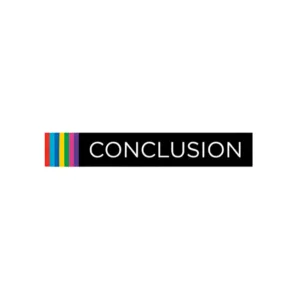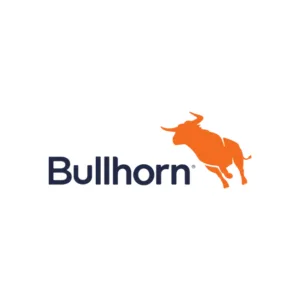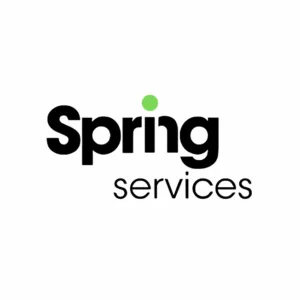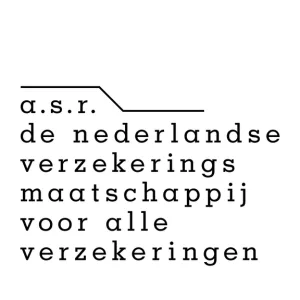
SOC 2 MADE EASY
Protecting data earns trust. A SOC 2 report from a European issuer shows your security and compliance. Our auditors help you achieve compliance quickly, so you can win business sooner and strengthen your position. Let’s get started.
Trusted by over 800 businesses across industries
Your SOC 2 journey in phases

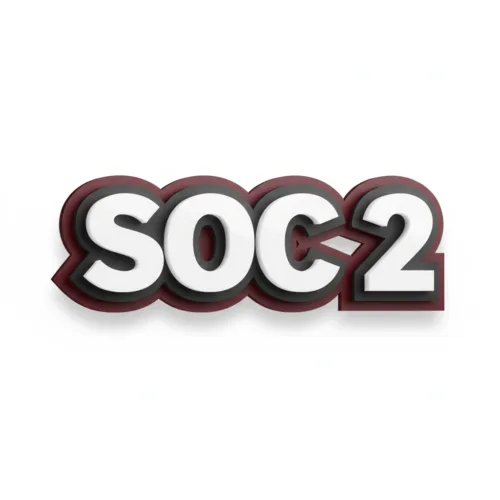
We’ve done this thousands of times before
Give your clients and investors confidence that their data is protected by achieving SOC 2 compliance with Europe’s leading issuer.
Our expert audit team and compliance approach help you meet rigorous standards for security, availability, and privacy, often in far less time than traditional audits. Start your SOC 2 journey today to build trust, accelerate deal closures, and open new business opportunities.
Achieving SOC 2 compliance builds trust with clients who expect top data security. Beyond core standards like Security and Availability, you can also strengthen controls for confidentiality, privacy, and data integrity.
With Securance, you get a SOC 2 report with clear insights and an executive summary, proving your commitment to security and giving clients confidence.
What we stand for
We make sure you meet your goals, achieve compliance, and improve your processes. In this way, you'll be able to approach new customers with confidence.
Our standard plans are tailored to your industry and specific needs for greater efficiency. Custom solutions are only used when truly necessary, saving you time and money.
We’ve done this countless times and know the exceptions and pitfalls inside out, helping you avoid costly mistakes.

Get the customers you want with SOC 2
You’re targeting corporate clients because that’s where you belong. But winning their trust means proving your credibility. Here's how.
Join the community of SOC 2-compliant organizations and showcase your commitment to excellence in financial reporting. A SOC 2 report provides trusted, independent assurance of your controls, strengthening confidence among clients and stakeholders.
Many organizations expect their suppliers and partners to meet strict security and industry standards. Achieving SOC 2 compliance gives your company a competitive edge, making you more attractive to clients who value data security and regulatory compliance.
Implementing SOC 2 helps organizations identify and mitigate cybersecurity risks. By adopting and maintaining the controls defined in the SOC 2 framework, companies can reduce the likelihood of security incidents and protect their operations and reputation from potential harm.
SOC 2 compliance highlights a firm’s dedication to strong corporate governance and proactive internal controls, risk management, and data integrity. This commitment to transparency and accountability builds stakeholder confidence and reinforces the organization’s reputation for excellence in financial reporting.
Choose the report that suits your needs the best

In a Type I audit, the auditor determines whether the risk management framework and control measures cover the normative framework (design) and exist at a specific point in time. To establish this, the auditor ‘walks through’ the processes, known as line controls.
Type I: an opinion of an external auditor on the controls placed in operation at a specific moment in time

In a Type II audit, the auditor assesses whether the control measures have been operating effectively over a minimum period of six months.
Type II: reports on the existence and suitability of the design and existence of controls and on the operating effectiveness of these controls in a predefined period of six months minimum.
For a better understanding of the differences between the report types download our guide.
Download our SOC 2 guideWhy Securance
Our roots lie in one of the Big Four, and many of our team members have worked there. We bring those high professional standards and proven ways of working, ready for you to benefit from.
Our experts are trained to the highest standards, not only in technical skills but also in communication. This makes them skilled professionals and great partners to work with.
Our processes scale to fit your organisation’s size and unique needs, allowing us to deliver solutions at a price that fits your budget.
We understand your challenges like no one else and focus on your specific goals and needs. That’s why our solutions are a better fit.
Take a look at our case studies

WORK WITH US LIKE MORE THAN A 1000 CLIENTS DID BEFORE YOU
Rely on Securance’s expertise for a smooth audit process.

Prepare to grow and get your assurance reporting in place from today
Get a free consultation with one of our experts.
FREQUENTLY ASKED QUESTIONS
Cannot find the answer you’re looking for? Reach out to our customer support team.
After the scan, we provide a comprehensive report with recommendations and a detailed action plan to enhance your risk management framework.
The on-site day involves in-depth process discussions and interviews, focusing on selected processes and relevant policy documents.
The readiness scan typically takes several weeks to complete, with detailed evaluations and actionable insights provided throughout the process.

